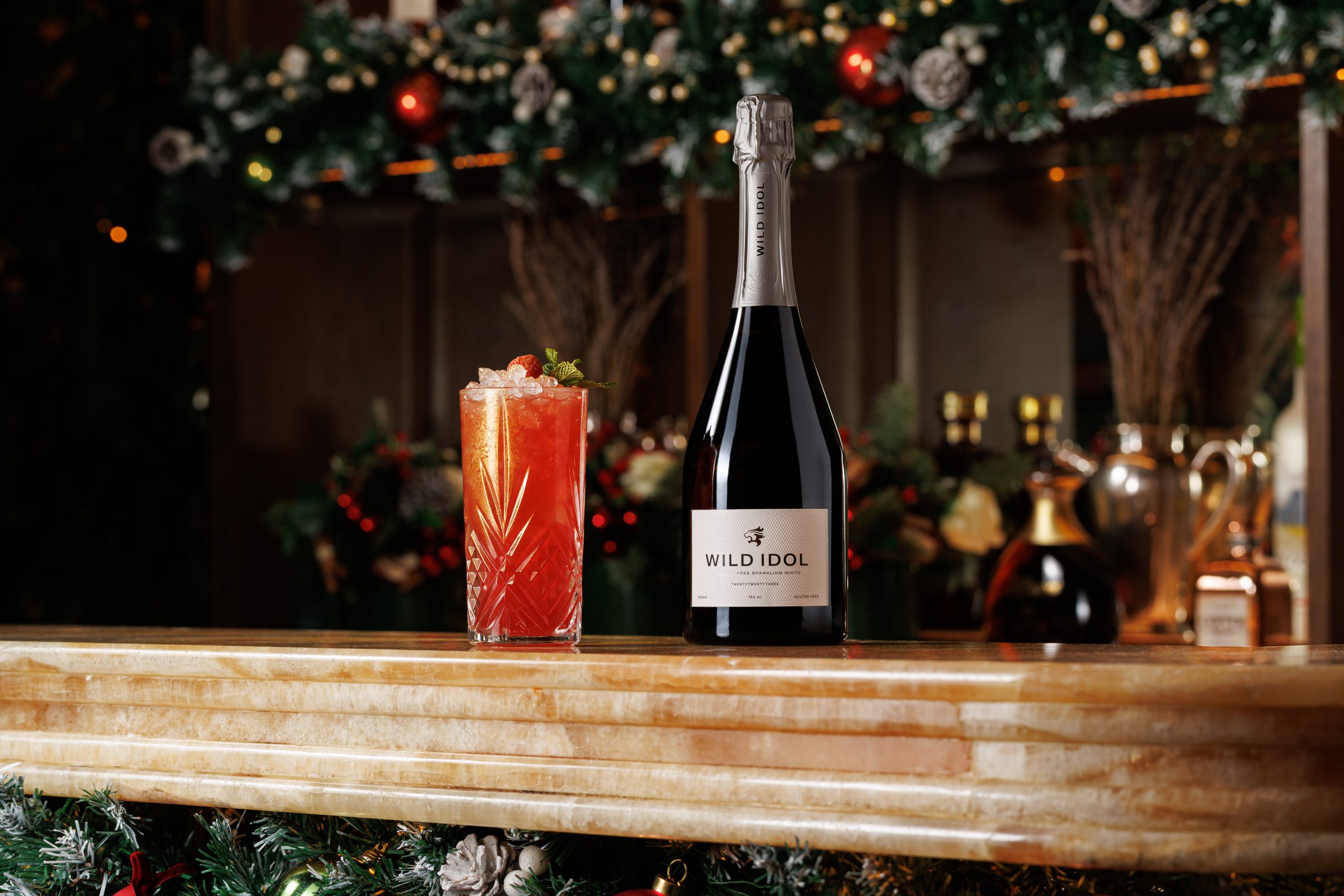Fine wine investment: Natural selection
At long last the en primeur campaign for the 2018 vintage has reached a conclusion. Observers of the Tory Party leadership battle and the Brexit negotiations should take heart. Nothing lasts forever. The sad fact is, though, that there was precious little worth picking up once the merchants and the négociants had added to the already high prices at which the producers chose to release. And now is not the time to bemoan the number of links in the financial chain before any wine reaches the customer, (and there are even early signs of that being addressed).
One of the things which strikes us is how so much in the fine wine world is considered in isolation. Take this comment from Jeff Leve on the absurdly-priced Cheval Blanc 2018: “if you can afford it, it is a wine you should have in your cellar and you’ll want to age this for at least 15 years before popping a bottle”.
Let’s consider this for a moment. Say most top wines start drinking after about 15 years. This means that as an alternative you might right now like to pull the cork out of a 2005 Cheval Blanc. The Wine Advocate advocates a drinking window of 2015 to 2035 so while there is plenty of time left for it to merrily evolve, it is perfectly reasonable to be drinking it now. Perhaps you’re having a party and want six bottles.
It is the work of a moment to find what you are looking for on wine-searcher, at a price of £3,400 per six pack. This is a mere £100 more than you are being asked to spend on a 2018 six-pack, which you have to store (and pay charges for) for 15 years, before hoping it turns out to be as good as the very best expectations. Antonio Galloni may have given it “a potential 100 points”, but bear in mind that the bottom end of his spread is 97, so it could easily not end up with a perfect score.
Bottle for bottle the question is this: buy an established 100 pointer from one of the best vintages of all time for £567 (in bond, but then so will your 2018 be), or buy a bottle from what is a great vintage in parts (but by no means everywhere), which you have to pay charges on and can’t drink for 15 years, for £549.
The point we want to make is certainly not that Jeff Leve is off his rocker. Far from it. He is calling it as he sees it and his palate is likely to be just as good as anyone else’s. Where we take issue is his conclusion. How large a cellar do you have to have to consider including Cheval Blanc 2018 in expectation of enjoying it in 15 years’ time, if you are still around?
Same with the aforementioned Galloni. The first thing that strikes you about La Conseillante 2018 is the price. It is more expensive than the fabulous vintages from 2009, 2010, and 2016, and if we take the exquisite 2005 as a point of comparison as we did above, we find that we can buy it to drink now for the same price as the 2018 (to lay down and store for 15 years before you can drink it).
Galloni’s advice? “Don’t miss it!”
Partner Content
It really makes little sense to anyone without a cellar the size of the Royal Albert Hall. And the problem it gives rise to is that so long as people like him add purchase recommendations to their opinions of the wine it will encourage the producers to think they are on the right track.
What these inducements to store for 15 years inadvertently do, of course, is reinforce the position of the fine wine investor in the whole process. It is curious how sniffy most producers are about the investment side of the equation, yet without it everything becomes anachronistic. The fine wine market is no longer driven by the landed gentry who happily absorbed their annual allocation because their cellars were a yawning abyss.
At Amphora we argue (we would, wouldn’t we), that the fine wine investor is now an integral link in the chain, whereby properly priced wines find a temporary home, and then continue to shift their temporary home until such times as someone wants to open the bottle. As much as anything else this is simple economic common sense, whereby the burden of storage is shared by willing participants through a vital part of the process.
What should be happening, of course, is that economic reality by now would dictate the pricing to the extent that unwanted wines would be at a minimum and the negociants wouldn’t have to fund quite so much of the deal. For reasons best known to themselves they continue to do this, but as investors we can let them do this till they drop. Should they do so the wines would still find a route to market and one of the middlemen would have gone. Natural selection, we await your verdict.
Philip Staveley is head of research at Amphora Portfolio Management. After a career in the City running emerging markets businesses for such investment banks as Merrill Lynch and Deutsche Bank he now heads up the fine wine investment research proposition with Amphora.




